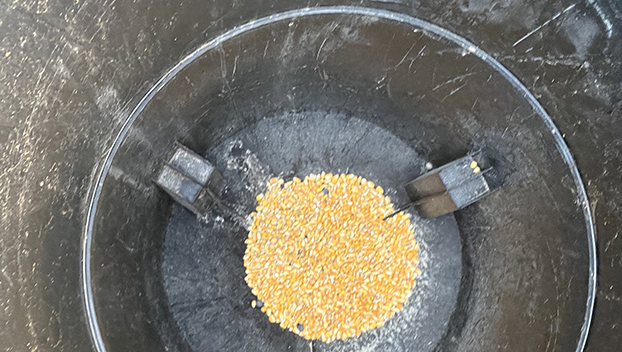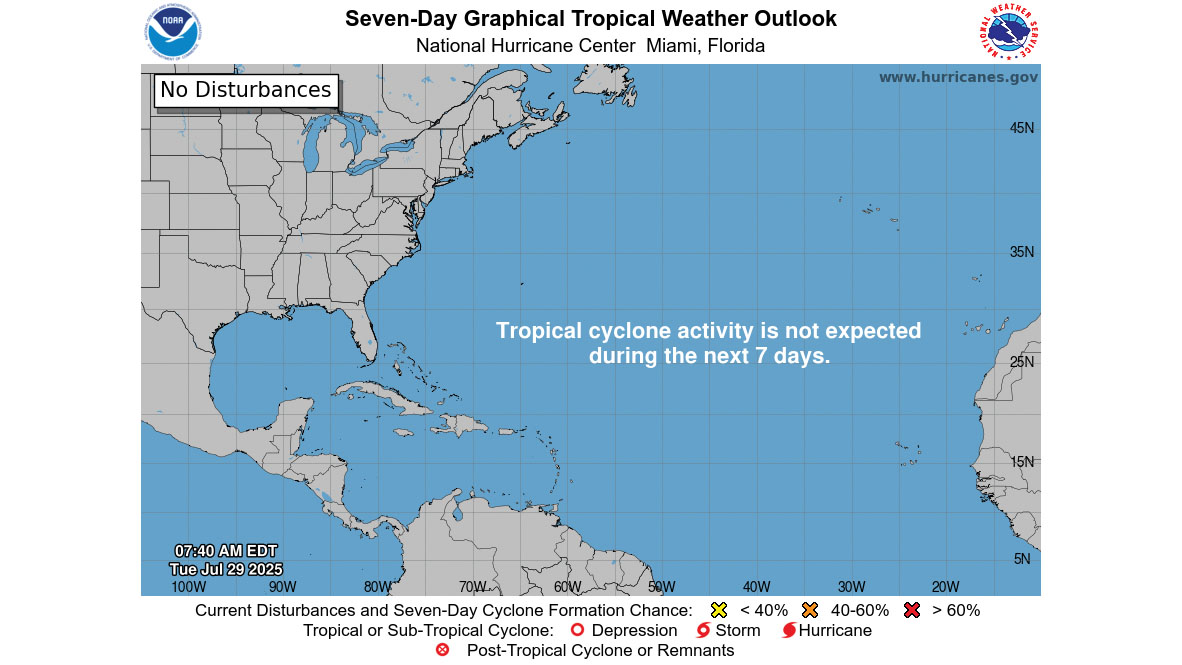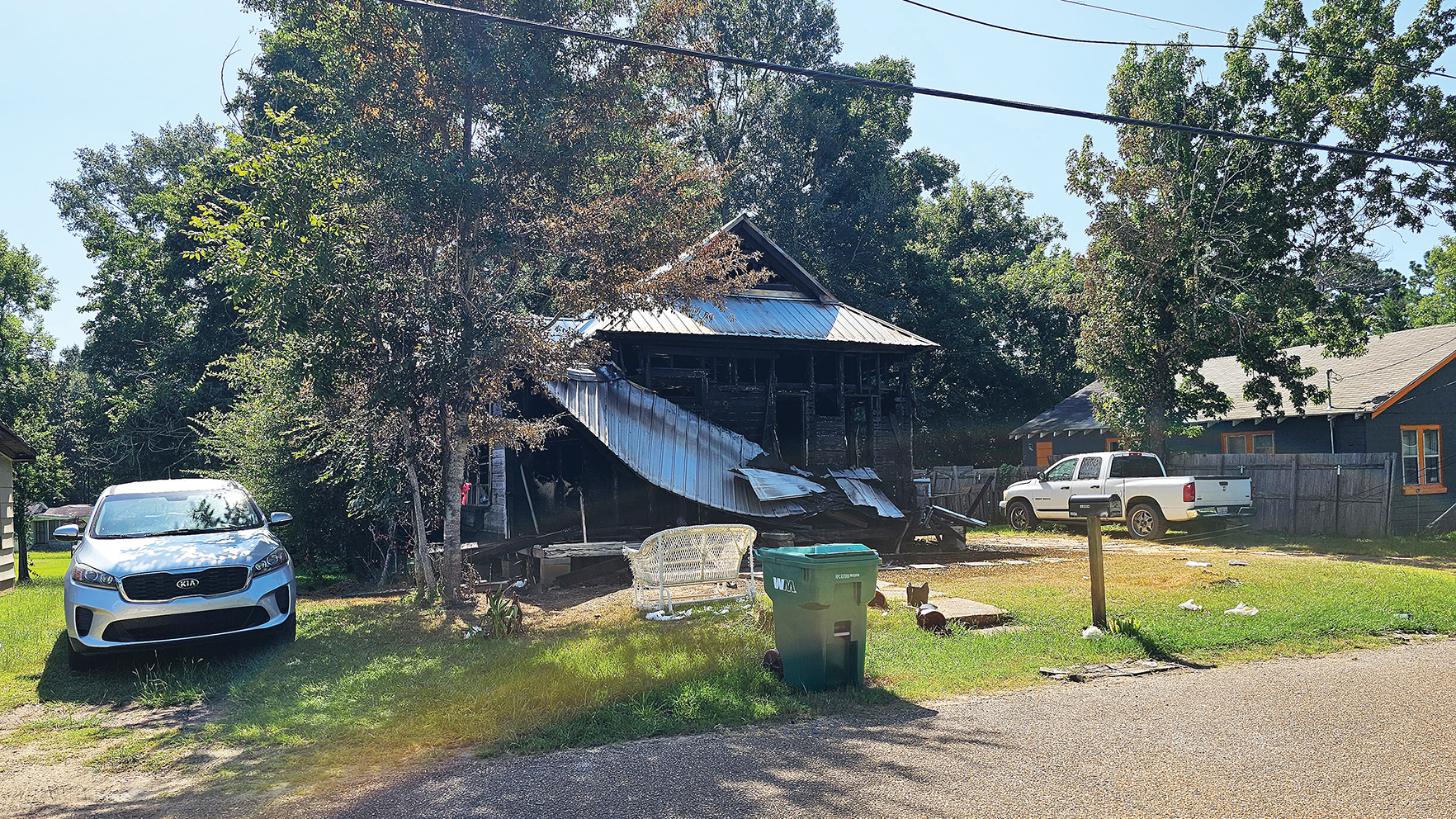Mississippi State partners with Minnesota to study supplemental feeding impact on CWD
Published 11:37 am Thursday, November 23, 2023

- A small amount of corn left in a feeder in Lincoln County. Proper habitat management is more cost effective than filling a feeder and can help increase daytime deer movement. (Hunter Cloud | The Daily Leader)
Mississippi State University
STARKVILLE —As wildlife researchers continue studying the spread of chronic wasting disease, a fatal infectious disease threatening North America’s deer populations, scientists in Mississippi State University’s Deer Lab are sharing how certain management practices, including supplemental feeding of deer, can impact disease transmission rates.
Trending
Steve Demarais, MSU Deer Lab co-director, said minimizing direct contact by eliminating opportunities for unnatural clustering of deer is a common CWD management practice. This is especially true with supplemental feeding, and research has found that use of deer feeders can elevate risk of CWD spread among deer who congregate to consume the feed.
“Many hunters use supplemental feeding with the expectation they can increase their deer harvest opportunities,” explained Demarais, who also is the Taylor Chair in Applied Big Game Research and Instruction in the university’s Forest and Wildlife Research Center. “However, state wildlife agencies typically prohibit supplemental feeding within CWD management and surveillance zones. This is because feeders entice deer to congregate in one place and may attract deer from different herds that would not otherwise interact.”
The MSU Deer Lab partnered with the University of Minnesota Center for Prion Research and Outreach, or MNPRO, to help wildlife agencies better understand risks associated with the spread of CWD, which is caused by prions, or misfolded proteins. Close contact between deer is a significant route of transmission, but prions also spread through bodily fluids, antler velvet and infected carcasses. Prions also can adhere to surfaces and remain infectious in the environment for years after being deposited by CWD-positive deer.
Demarais noted feeder design may play a role in the potential spread of CWD.
“Most feeders have feed that flows through restricted openings, which creates an opportunity for potential disease transmission. As the deer use their mouths and tongues to remove feed, infectious prions are shed from the saliva of infected deer,” he said.
To further understand how feeders play a role in potential CWD spread, researchers placed bulk, gravity feeders on properties within the North Mississippi CWD Management Zone. New feeders were set up in September 2022 and monitored with cameras through March 2023.
Trending
As expected in the CWD Management Zone, feeders had detectable levels of prion contamination over the course of the six-month study.
“We use an ultra-sensitive assay and proprietary swabbing procedure to produce data indicating that deer feeders serve as a source of prion accumulation, and that such surfaces can be used for environmental surveillance of CWD,” said Marc Schwabenlander, MNPRO associate director.
Demarais noted food plots also can concentrate deer in relatively small areas. To better understand the risk from deer-to-deer contact relative to disease management, researchers compared deer visits to areas around feeders with visits to areas within food plots using trail cameras.
“The relative risk comparison showed that almost three times more deer visited sample areas around feeders than equivalent areas within food plots. The more deer that frequent a small area, the greater the risk for CWD to spread through direct and indirect contact between those deer,” Demarais said. “The conclusion is that deer at feeders are more at risk for catching CWD from other infected deer than at food plots.”
Researchers and natural resource managers continue to surmise how prions found in feeders and the risk of spreading CWD can help inform best management practices. Research results support state agency decisions to prohibit supplemental feeding in CWD Management Zones.
“Most individuals want to ensure a healthy deer population. Proper forest management sustains healthy deer populations, and managing CWD is a critical component of that as we work to ensure hunting remains sustainable for future generations. Our goal at the MSU Deer Lab is to help equip wildlife agencies and local hunters with evidence-based science that will support that overarching goal of healthy deer populations across the state and country,” Demarais said.
The research is funded by the United States Department of Agriculture APHIS Wildlife Services and the Minnesota Environment and Natural Resources Trust Fund as recommended by the Legislative-Citizen Commission on Minnesota Resources.
For more information on the Deer Lab, a unit in the university’s Forest and Wildlife Research Center and MSU Extension Center, visit www.msudeer.msstate.edu; for more on the Forest and Wildlife Research Center, visit www.fwrc.msstate.edu. For more on MNPRO, visit www.mnpro.org.
Mississippi State University is taking care of what matters. Learn more at www.msstate.edu.





